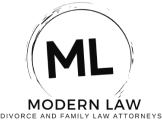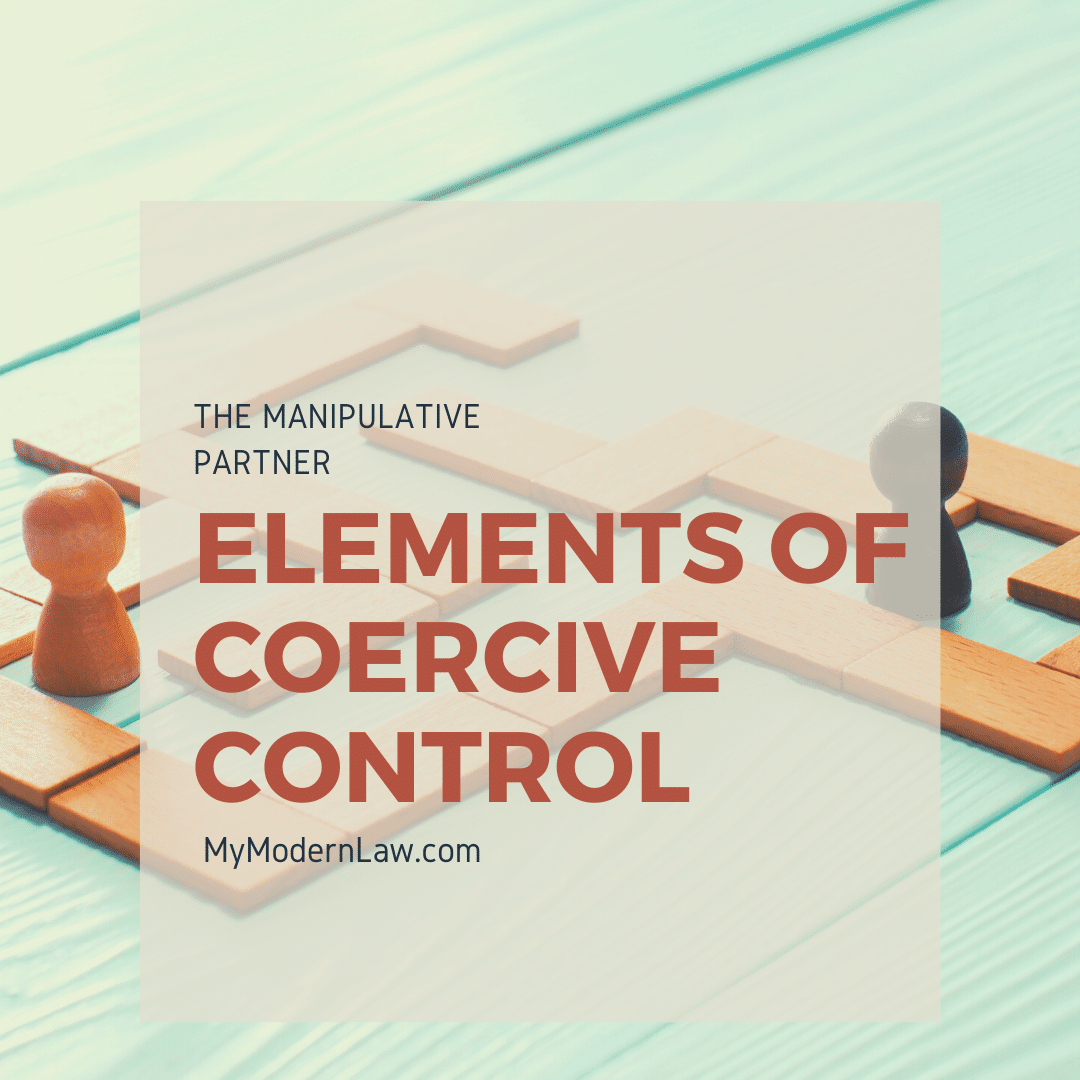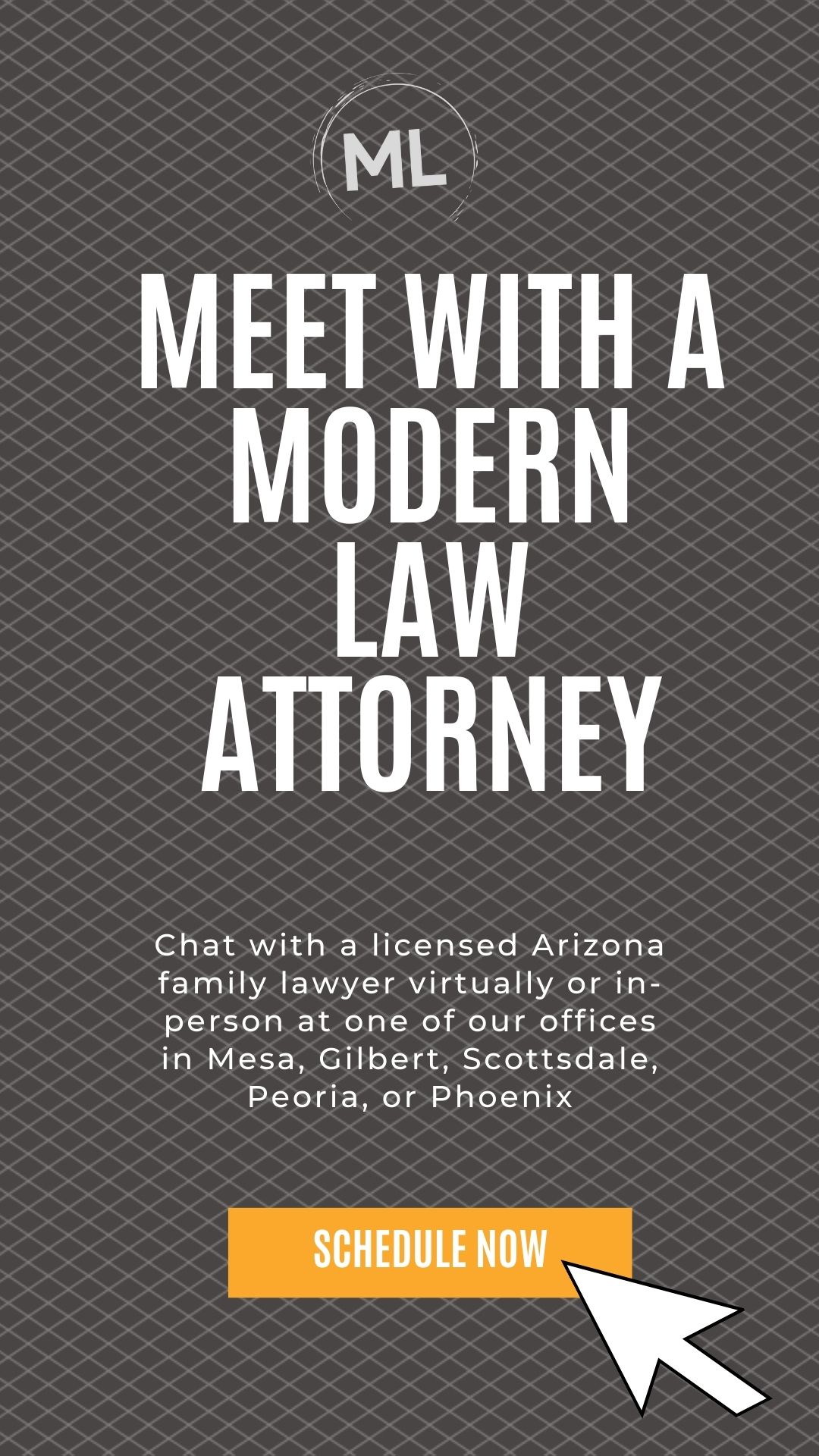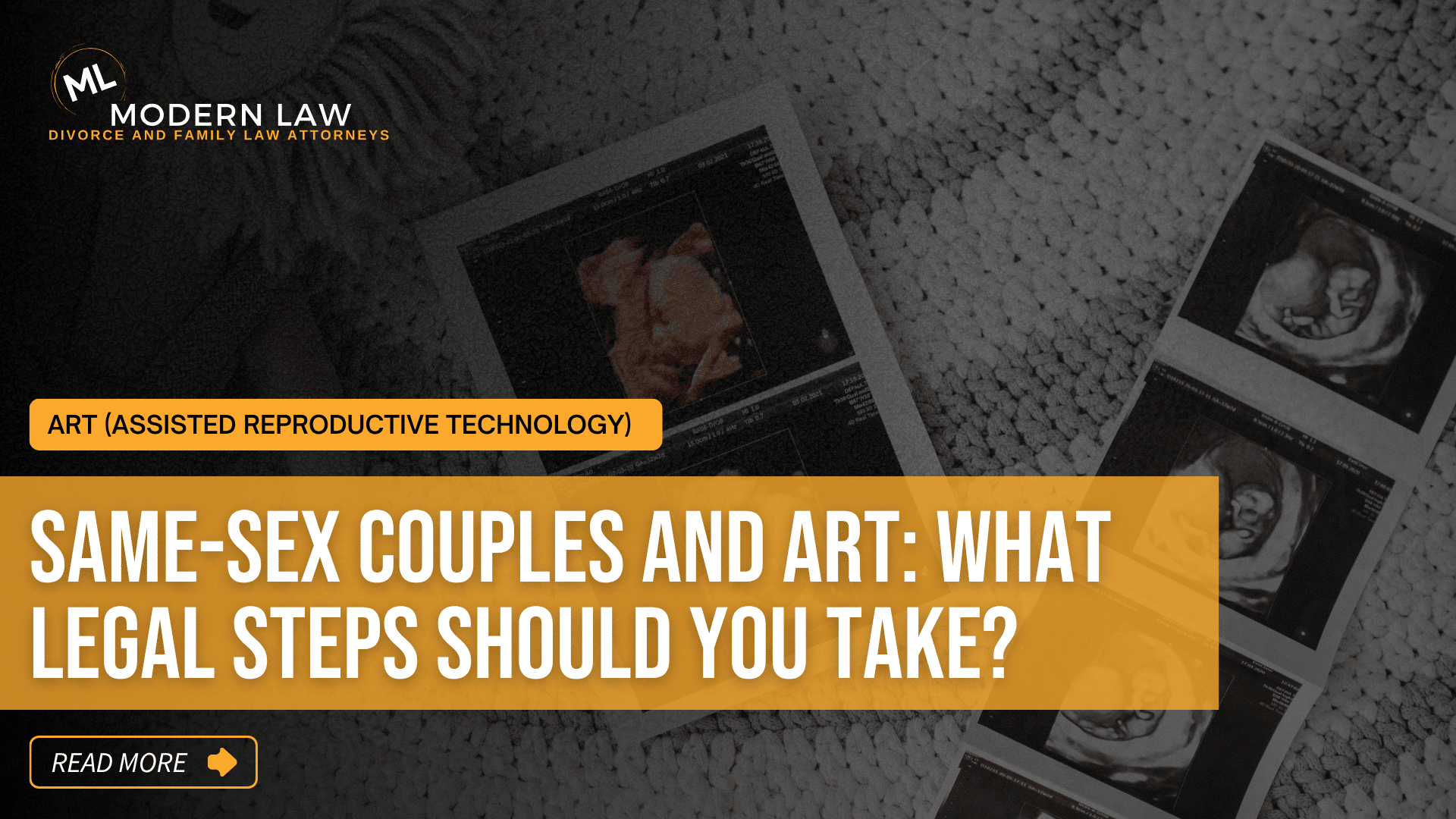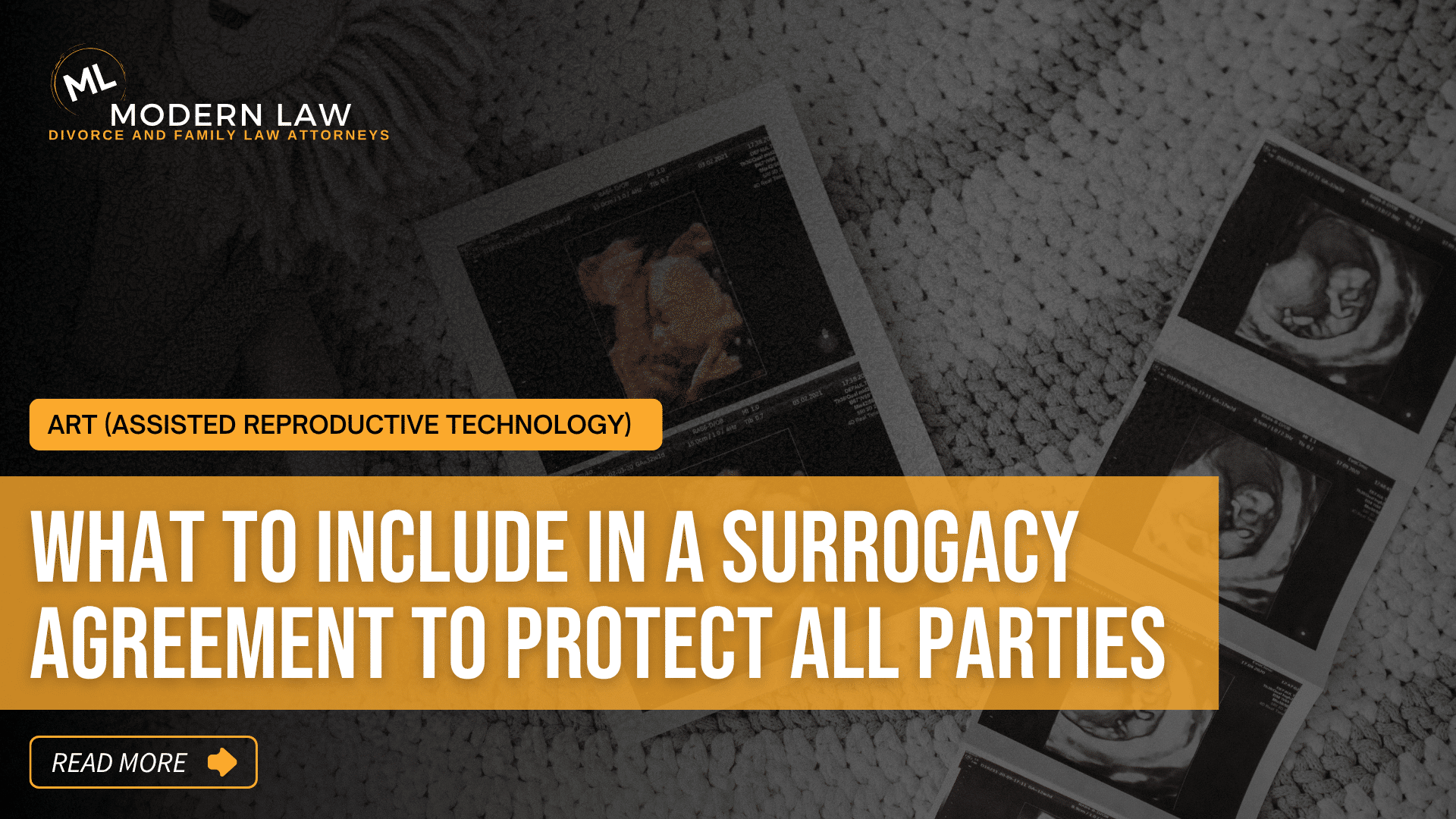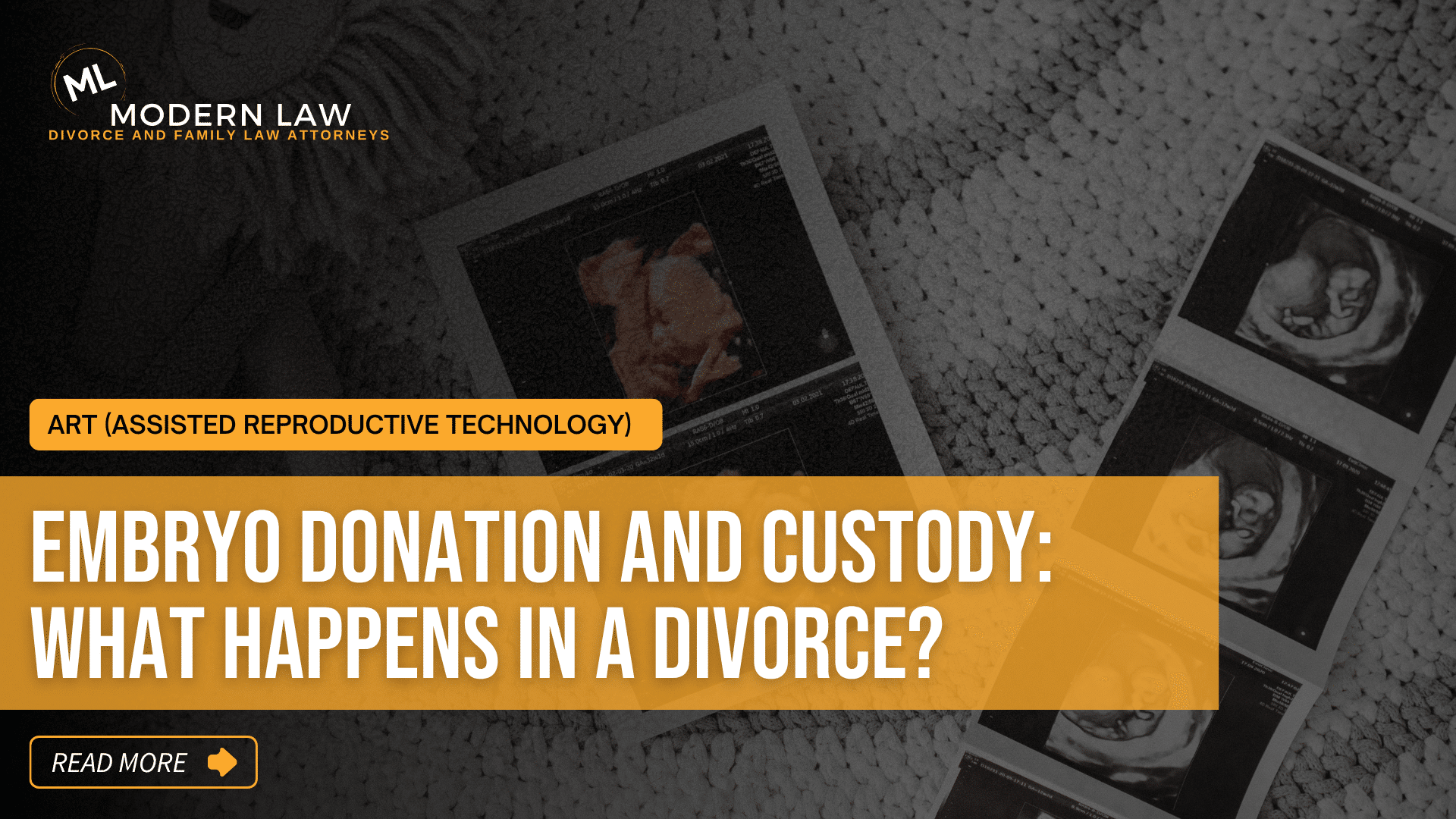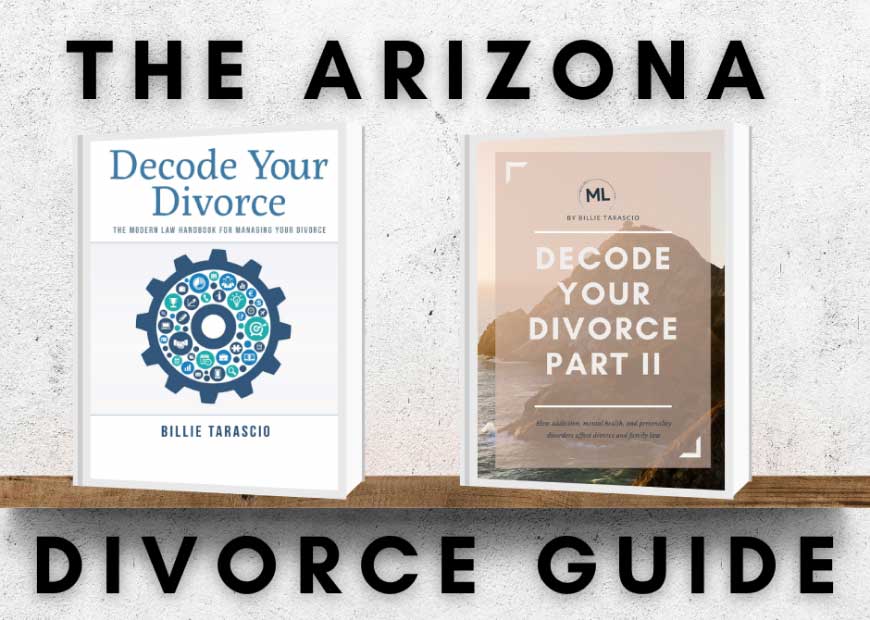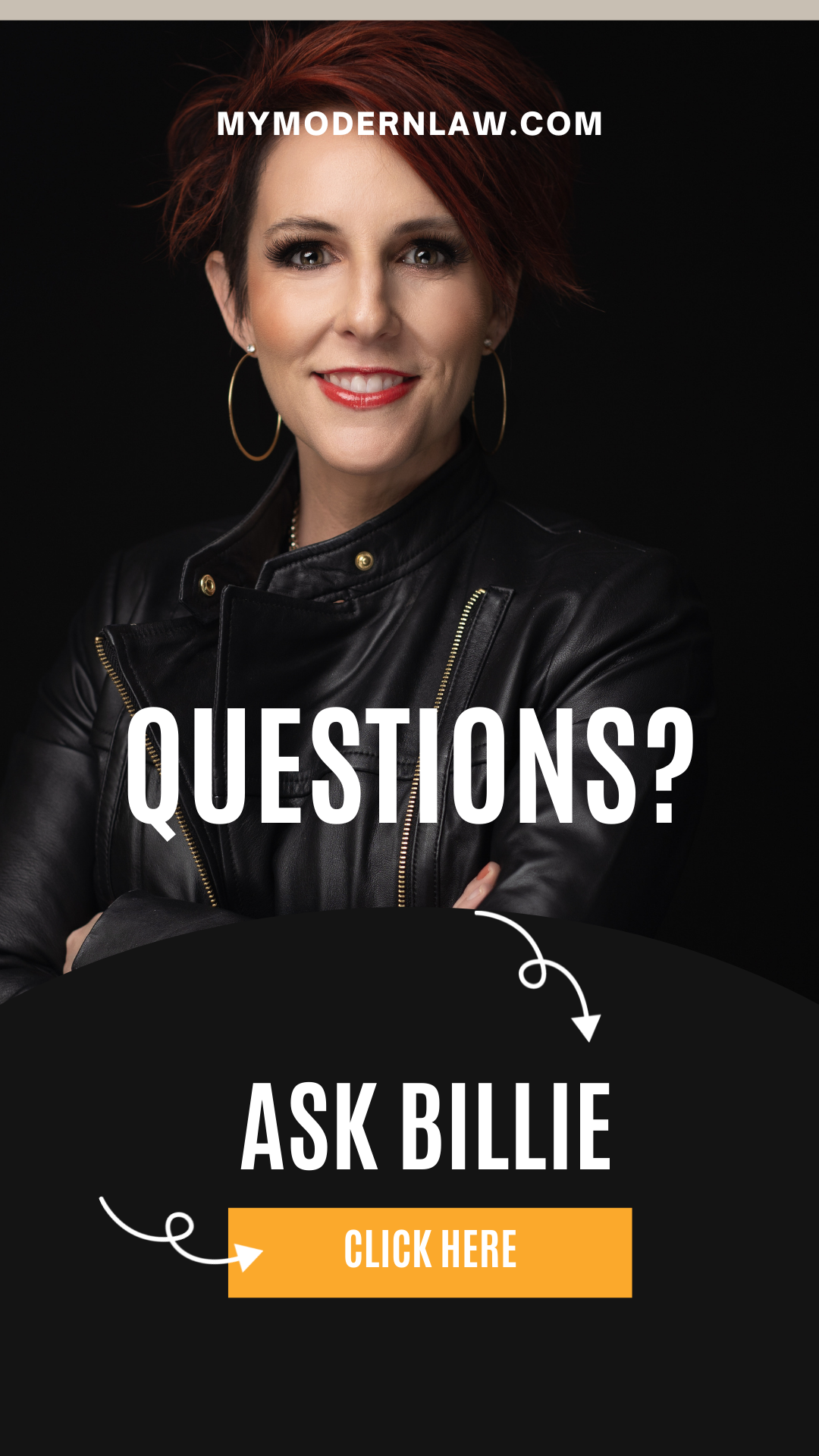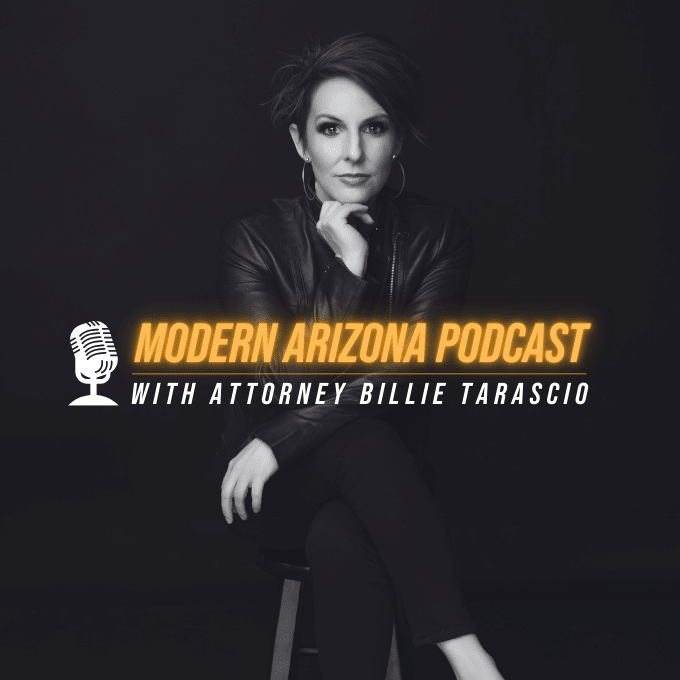Domestic violence is a massive problem in the United States and other parts of the world. When many people think of domestic violence, the first things that come to mind are physical and verbal abuse. However, there is another type of behavior that is common in these situations that can be harmful, as well. This is known as coercive control.
What is Coercive Control?
This term is used to signify a form of ongoing oppression in a relationship that is used to create a sense of fear and a loss of independence. Typically, women are victims of this type of abuse more often than men. However, it can happen to anyone. Around 60% to 80% of women who are looking for help for abuse have suffered from coercive control. This type of emotional manipulation is extremely unhealthy and can damage victims. Let’s look at some of the different forms coercive control can take.
Isolation
A partner that is too controlling will attempt to cut you off from family and friends in many cases. While the contact might not be entirely cut, they may attempt to limit the amount of interaction you have with other people in your life. In some cases, they might say that you should share social media accounts and the phone with them because it is more convenient. They might try to get you to move away from your family and friends. They might tell lies about you to others, so those people do not want to contact you or feel that they don’t have to contact you.
Sometimes, they may monitor phone calls and cut off the conversation if someone tries to help you. They might also try to convince you that your loved ones do not want to talk with you, or even that they don’t like you any longer.
Monitoring Activities
Another form of coercive control can occur when a partner monitors your activity. They want to know where you’ve been and what you are doing. Often, it goes further than just questioning. It could even include having recording devices such as cameras installed in the house. Two-way surveillance could occur, as well, so the abuser can communicate with the victim whenever they want. If the abuser allows the victim to drive anywhere on their own, they may even use trackers in their vehicle.
Restricted Autonomy
In some cases, the person who is controlling you might try to take away your ability to do the things that you may want or need to do. They might restrict your transportation options, follow you when you go out, or change the passwords on the computer and phone. They might not allow you to go to work or school either because those are locations where they could lose control of you.
Limit Access to Finances
Just about everything in the world requires money. By controlling the finances, it can restrict what you can do, and it can make it feel impossible for you to leave the relationship. In a situation of coercive control, they might put you on a budget that will only cover the essentials, so there is no money to save. Abusers might limit the access you have to bank accounts and credit cards, they could hide their finances, and they may carefully monitor where you are spending money.
Causing Problems with the Children
In relationships where children are present, coercive control can take yet another dark turn. In some cases, the abusers will attempt to use the children against you. They might tell the children that you aren’t a good parent or tell lies about you. It’s also possible that they will attempt to belittle you and call you names in front of your children. This can cause problems with your relationship with the kids, and it can be a deep psychological blow to you.
There is also the risk that the abuser could threaten to harm your children or your pets. They might threaten them, say they will call social services and claim that you are abusing or neglecting the children, or say that they will take the children or your pet. These people will do and say anything to maintain their feeling of control in the relationship.
These are some of the most common types of abusive control that could be present in an unhealthy relationship. Other ways that the controlling party might try to hurt you include being jealous, making accusations that you are cheating on them, try to control aspects of your health and bodily autonomy, or gaslighting you.
In some cases, only one or two of these might occur. Other times, more will be present. Regardless, it is a serious problem that can wear down on a person the longer they are in the relationship. Mental, emotional, and even physical problems can result from begin the victim of this type of behavior.
What Should You Do?
When you find yourself in a relationship that has signs of coercive control, it is important to set boundaries on what a person can and can’t do. However, not all relationships can be repaired when this kind of manipulation is present. When one or both of the partners attempts to control what the other is doing, where they go, etc., the relationship is doomed. People shouldn’t accept being controlled by others, and they should not engage in controlling behavior of their own.
It’s important to keep in mind that these types of abusive relationships are not relegated to spouses. They could also happen when co-parenting, even when the partners are not married and perhaps have never been married.
In these cases, many people have trouble setting boundaries on their own for one reason or another. It may be a good idea to get in touch with a family attorney that can help to create these boundaries along with you. Counseling could help in many instances, as well. However, when a relationship continues to be to have abusive elements of coercive control, the best course of action is to get out as soon as possible. Often, they get worse rather than better.
Resources:
